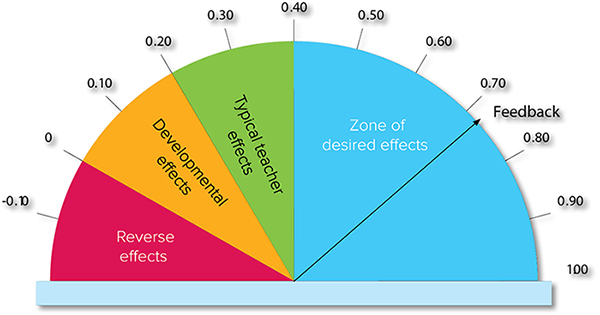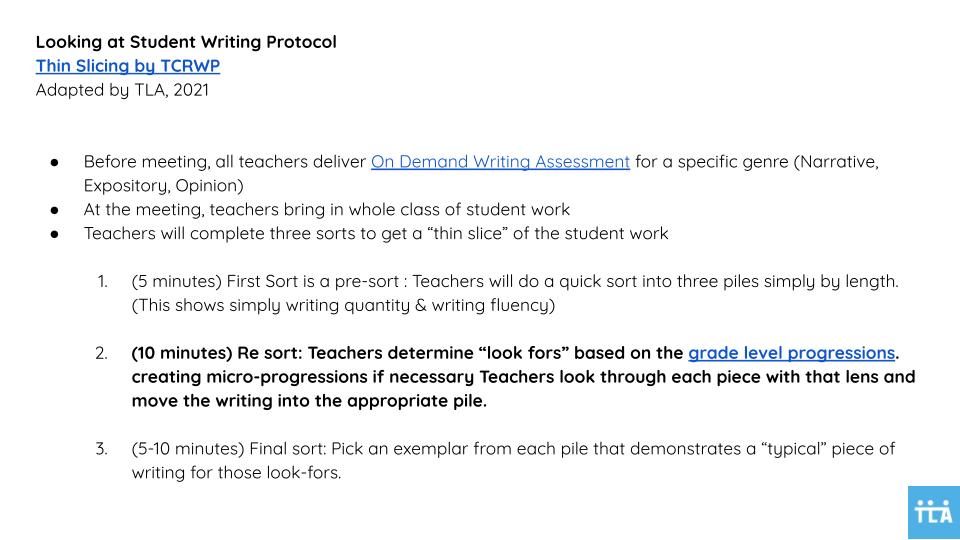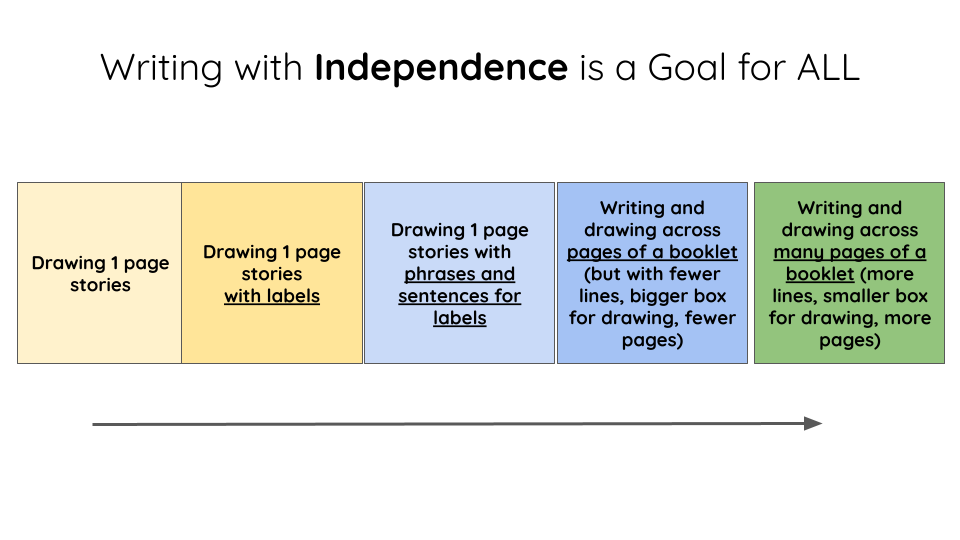Keep Collaborating:
Looking at student work to support teacher teams in their writing instruction
While the pandemic created a lot of challenges for our teaching and learning, one opportunity that came out of the work was the urgency for teachers to collaborate. We heard more than ever that teachers were planning and working together to make their teaching load possible.
While things aren’t simple or easy this year, the tendency to want to get back to familiar rhythms and routines, might cause some teachers to set aside this best practice of working together with others. Resist that temptation! Keep collaborating.
One of the best ways we know how to collaborate and grow content knowledge and instructional moves is through looking at student work together.
In this blog we’ll offer a few reasons why we should look at student work together, a protocol that could be a powerful tool to support teachers as they support students in their writing growth and a few suggestions for taking the work into your teaching.
Why look at student work as a team?
Looking at student work together is a powerful tool to support teacher content knowledge and improve instructional practices. Staff developers at Teachers College explain how doing this work around student writing doesn’t just support teachers in understanding what and how to teach. In fact, by looking deeply at student work it actually has a profound impact on student achievement. “we have found that putting student exemplars and checklists into play in the curriculum are what most transform achievement, even more than scoring with rubrics.”
John Hattie and his seminal work around visible learning has made it clear that one of the most important factors in student learning is effective feedback. How else can we provide clear, consistent feedback to students if we aren’t basing it in the actual work that the student is doing?

Additionally, rather than muddle through the middle of stacks of papers alone, doing this work as a team helps teachers to create shared language and common knowledge so that they can all grow and meet the needs of student profiles that might be very similar across their classroom.
What protocols might you use for looking at student work?
Some of you may have skipped ahead to this section in the blog, because you are already convinced that looking at student work is meaningful for you as a teacher and impactful for your students. But the gap you are feeling isn’t the belief in the practice, but the tools to actually put that practice into place in your grade level. A quick google search and you’ll see dozens if not hundreds of samples of LASW protocols. Which ones should you be using?
Many protocols might work great for your purposes, but we’d like to offer a simple protocol that we adapted from TCRWP on how to do “thin-slicing” on student writing. This protocol is working great in grades k-5 in the schools where we are coaching.

One step we hope you will notice and implement in the protocol is the creation of micro-progressions. Doing this work as a grade level team is so helpful in growing deep content knowledge so that you can notice, name and demonstrate what students should be able to do in their own work. Here are a few samples of micro-progressions that we have made in this work:

How do you take what you learn and use it for instruction?
Going through a Thin Slicing Protocol will help you create small groups so that you can match your instruction to students strengths and areas of growth. You now have named ways that students need to grow and so you can start teaching into that right away – giving the specific feedback that students need.
However, the creation of micro-progressions will not just help place your students in small groups for targeted instruction, but these micro-progressions can be used with kids to help them implement the skills that are necessary to grow along the continuum.
This short video shows how a teacher uses the micro-progression she created with students in a small group in order to help them self assess their own writing, set goals and get to work on that shift.
What now?
We hope that this short blog encouraged and equipped you to get together with your grade level colleagues and bring a pile of student work with you. Use the thin slicing protocol, create a micro-progression based on a common goal, sort into your small groups and start teaching your students with specific interventions based on their needs.
We are cheering you on! Need more coaching around this work? Contact us! We would love to hear from you.
Join Our List and Stay in the Know!
Join our growing list of educators to receive updates on our upcoming events, initiatives and exclusive resources.





